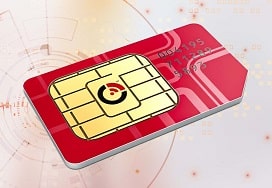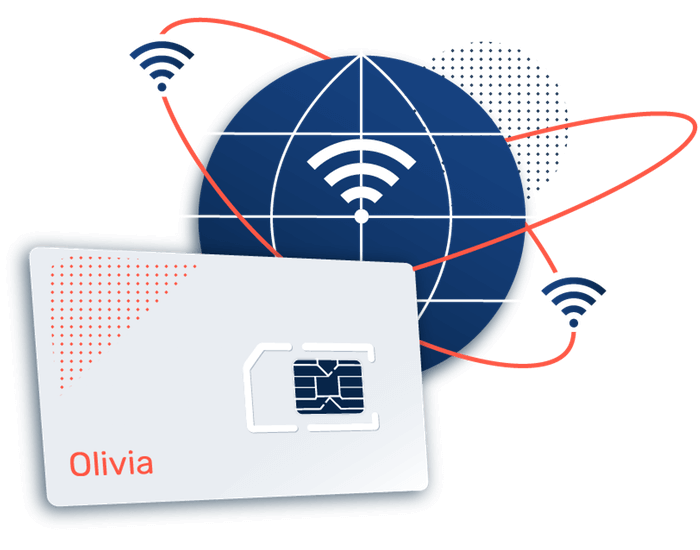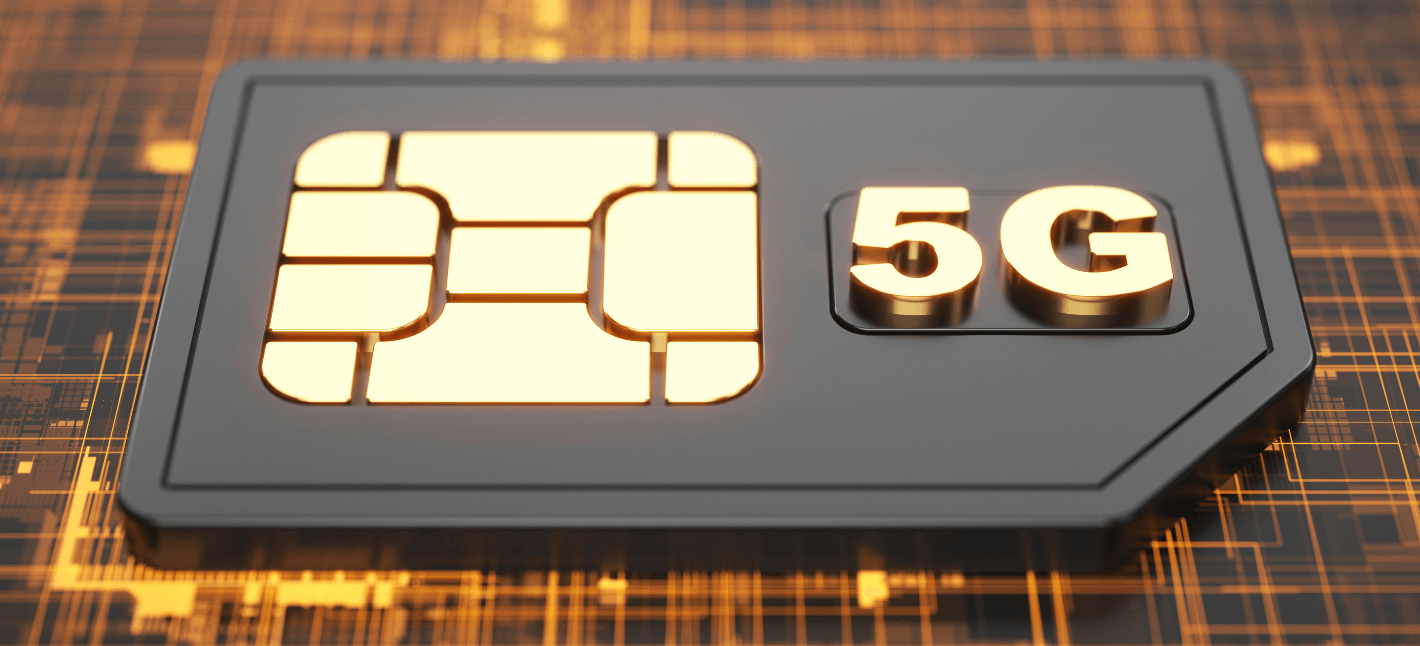Managed IoT Connectivity Platform Enhancing IoT Connectivity Solutions
Managed IoT Connectivity Platform Enhancing IoT Connectivity Solutions
Blog Article
What Is IoT Connectivity? Ultimate Guide to Cellular IoT Networks
The panorama of the Internet of Things (IoT) is huge and varied, offering an array of connectivity choices tailor-made to different use cases. In this complex ecosystem, the choice between cellular and non-cellular IoT connectivity performs a pivotal function in figuring out the success of IoT deployments.
Cellular IoT connectivity makes use of present cellular networks to facilitate communication. IoT Connectivity Management. This know-how leverages the infrastructure of established cellular companies, thereby making certain wide protection and high information transfer charges. The comfort of utilizing cellular networks implies that in depth geographical areas may be covered with out the need for laying new cables or deploying further infrastructure.
One of the significant benefits of cellular connectivity is its proven reliability. Networks have been optimized through the years, ensuring that they will deal with a giant quantity of related gadgets simultaneously. In environments the place constant and dependable efficiency is crucial, cellular IoT offers a stable foundation, particularly for functions like telemedicine, vehicle tracking, or smart metropolis solutions.
Mobile Data Connectivity For IoT Tips for Choosing IoT Connectivity Solutions
Conversely, non-cellular IoT connectivity refers to technologies like Wi-Fi, Bluetooth, Zigbee, and LPWAN. These options typically function in short-range situations and are sometimes designed for particular functions. They allow for the establishment of native networks that may achieve high-speed information transfers however with limited range. This can make them an excellent selection for applications confined to a particular area, like house automation or industrial monitoring inside a manufacturing unit.
The choice between these two connectivity types primarily hinges on the necessities of the specific software. For instance, a wise meter deployed in a remote location may considerably profit from cellular connectivity as a result of extended range and ability to transmit data over longer distances. On the other hand, a sensible house gadget, which operates inside a confined house, would possibly make the most of Wi-Fi or Bluetooth, given their capability to offer strong local connectivity at lower prices.
Moreover, energy consumption varies considerably between cellular and non-cellular technologies. Cellular gadgets, whereas increasingly efficient, generally devour more power compared to their non-cellular counterparts. This is a critical consideration for battery-powered devices that purpose to operate for extended durations without having frequent recharges or battery replacements. Non-cellular technologies typically permit for energy-saving modes which may prolong operational life, making them ideal for applications where longevity is paramount.
What Is IoT Connectivity? Introduction to IoT Connectivity Options
Cost factors also play a major function in making a choice between cellular and non-cellular connectivity. The deployment of cellular IoT units usually entails service plans that incorporate ongoing subscription prices. In distinction, non-cellular choices could require an upfront investment in infrastructure, however they can lead to decrease operational prices in the lengthy term.
Security issues come up distinctly in each kinds of connectivity. Cellular networks offer a stage of built-in security due to their closed nature and reliance on established protocols. Encryption and authentication processes are usually strong, making it difficult for unauthorized users to entry the community. Non-cellular technologies, while handy, can probably expose devices to elevated security dangers, particularly in open networks like public Wi-Fi - IoT Connectivity Market.
The scalability of an IoT system is another issue to suppose about when deciding on connectivity choices. Cellular networks have a tendency to provide higher scalability as a outcome of their capability to accommodate a big quantity of devices over broad areas. This is particularly beneficial check out this site for enterprises trying to increase their IoT deployments with out the want to overhaul current infrastructure.
Managed IoT Connectivity Overview of IoT Connectivity Technologies
Non-cellular networks can also scale, but they are typically limited by vary and knowledge dealing with capabilities. In congested environments or densely populated areas, the efficiency of non-cellular choices might diminish, creating bottlenecks that could affect the overall efficiency of an IoT ecosystem. This contrast can have an result on the long-term viability of an answer depending on the expected growth and complexity of the applying.
Latency is a crucial element that distinguishes cellular and non-cellular IoT connectivity. Cellular networks have improved significantly over recent years, but latency can still be greater in comparability with some non-cellular options. For purposes requiring real-time responses, similar to autonomous driving or industrial automation, decrease latency connections are important. In such circumstances, edge computing combined with non-cellular technologies might provide the necessary response instances.
In summation, the choice between cellular and non-cellular IoT connectivity is way from straightforward. Each option carries distinctive benefits and drawbacks that cater to different utility wants. Understanding the precise requirements of a project, from vary and reliability to energy consumption and price, is key to creating a well-informed selection.
The direction of IoT deployments continues to evolve, with developments and improvements in both cellular and non-cellular technologies constantly reshaping the panorama. As organizations turn out to be increasingly conscious of the implications of their connectivity choices, the significance of tailored solutions to suit unique use circumstances will only continue to develop.
Aws IoT Connectivity Explanations and Solutions for IoT Connectivity

Future developments in standards and protocols could bridge some gaps between cellular and non-cellular options, potentially resulting in hybrid solutions that capitalize on the strengths of both. Exploring these avenues shall be essential for stakeholders in navigating the ever-changing world of IoT connectivity.
Ultimately, as companies embark on their IoT journeys, the proper connectivity alternative will considerably impression their operational effectivity, price administration, and skill to innovate. By rigorously contemplating all relevant elements, organizations can harness the complete potential of their IoT initiatives, leading to transformative outcomes in countless industries.
- Cellular IoT connectivity leverages established mobile networks, providing intensive protection in city and rural areas.
- Non-cellular IoT choices, corresponding to LoRaWAN and Sigfox, are sometimes cheaper to deploy and keep due to their lower infrastructure necessities.
- Cellular connections typically supply greater data switch charges, making them appropriate for functions requiring real-time information transmission.
- Non-cellular options are probably to eat less power, prolonging the lifespan of battery-operated devices in distant functions.
- The rollout of 5G know-how enhances cellular IoT capabilities, allowing for more gadgets to attach simultaneously with minimal latency.
- Non-cellular technologies may face challenges with vary and scalability, significantly in densely populated environments with interference.
- Security features vary, with cellular connections often incorporating superior encryption standards, while non-cellular options could use less complicated security protocols.
- Geographic and environmental factors can impression the efficiency of non-cellular methods, making them less dependable in certain areas.
- Device administration and over-the-air updates can be extra streamlined with cellular connectivity because of present frameworks supported by telecom suppliers.
- The selection between cellular and non-cellular IoT connectivity largely is determined by particular use instances, costs, and desired community capabilities.
What is the primary distinction between cellular and non-cellular IoT connectivity?
Cellular IoT connectivity makes use of mobile networks, permitting devices to speak over long distances. Non-cellular IoT connectivity depends on options check these guys out like Wi-Fi, Bluetooth, or LoRaWAN, typically suited to shorter ranges and specific environments.
Connectivity Of IoT Six Major IoT Connectivity Technologies
Which connectivity choice is extra reliable for IoT applications?
Cellular connectivity typically offers higher reliability as a outcome of robust community infrastructure and coverage. Non-cellular choices may be less dependable, especially in areas with weak alerts or information congestion.
How do costs examine between cellular and non-cellular IoT connectivity?
Internet Connectivity Principles In IoT Quick Overview of IoT Connectivity Types
Cellular connectivity often incurs greater operational prices as a result of data plans and subscription fees, whereas non-cellular choices would possibly involve lower upfront costs however can incur bills associated to maintenance and infrastructure.
What kinds of IoT purposes profit most from cellular connectivity?
Applications requiring fixed data transmission or wide geographic coverage, similar to vehicle tracking, smart cities, and distant monitoring, considerably profit from cellular connectivity.
IoT Connectivity Policy Enabling Internet of Things Connectivity
In what scenarios is non-cellular IoT connectivity preferred?
Non-cellular IoT connectivity is preferred in scenarios the place budgets are restricted, corresponding to house automation and native sensor networks, or where devices need to operate inside a contained space.
How does energy consumption differ between cellular and non-cellular IoT devices?
Cellular units typically consume extra energy because of their have to constantly communicate over mobile networks. Non-cellular gadgets may be designed for low-power consumption, particularly in short-range purposes.
IoT Connectivity Pricing Growth of Usable IoT Satellites

Is security completely different between cellular and non-cellular IoT options?
Both cellular and non-cellular choices have unique security challenges. Cellular networks often have built-in safety protocols, whereas non-cellular choices require extra measures, like encryption, to protect knowledge.
Internet Connectivity In IoT Explanations and Solutions for IoT Connectivity

Can non-cellular IoT connectivity scale effectively?
While non-cellular IoT connectivity can scale when it comes to the number of gadgets, it might face limitations in performance and vary. Cellular networks are designed to handle numerous connections successfully, making them a extra smart choice for scalable purposes.
IoT Connectivity Pricing Survey on IoT Connectivity Technologies and Applications
What role does latency play in selecting between cellular and non-cellular IoT connectivity?

Latency can be crucial for purposes requiring real-time responses, similar to autonomous automobiles. Cellular networks sometimes supply decrease latency than many non-cellular options, making them preferable for time-sensitive purposes.
Report this page